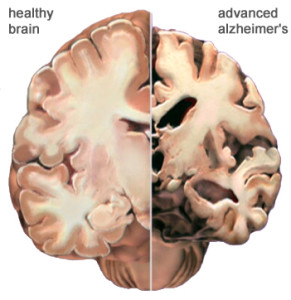Upon hearing the information about antibiotic resistance in the Get Smart seminar this morning (Thank you for the extra credit, Andrew), I wanted to look further into the methods of doctors and what they often prescribe for patients. Though there were many studies and facts presented in the seminar, it was difficult to keep up with all of them. However, the main point was that unnecessary, overprescribing of antibiotics increases the chances of bacteria becoming stronger and more resistant.
One such prescription that is often overused by doctors is azithromycin, often referred to as a Z-Pak, which is a antibiotic that is used for the treatment of a number of bacterial infections. This antibiotic works by interfering with a bacteria’s protein synthesis which disables their growing abilities. The New England Journal of Medicine reports in this article that in 2010, health care providers prescribed 258.0 million courses of antibiotics, or 833 per 1000 people. This was a statistic that I remember from the seminar that I recently found during my research. Upon analyzing the data of outpatient prescriptions, these researchers found that prescribing rates were higher among people under the age of 10 and above 65. Why are these the most common ages for prescriptions?
Children are often more susceptible to a number of bacterial or viral infections, largely due to the fact that their immune systems are not fully developed and as they age, they start to come into contact with new people and new bacteria. On the other hand, elderly people have a greater number of health risks, so antibiotics are used to treat certain issues for fear of developing life-threatening issues. This NPR article reports that a study from Seattle Children’s Hospital found that 27% of acute respiratory tract infections are caused by bacteria. This means the other, roughly, three-fourths of infections are caused by viruses and cannot be treated by antibiotics. In such cases where an antibiotic is prescribed but is unnecessary to treat the infection, the risk of side effects is a lot higher than simply dealing with the infection without antibiotics. NPR writes, “the big problem is that aside from the strep test, there are no quick, simple ways to test a child to see whether an illness is caused by bacteria or viruses”. So naturally most parents demand their child have an antibiotic because they have seen it work before. However, they do not necessarily realize that the infection may be viral. In this article, Michael Epter, an emergency medicine physician, claims that no matter what the data may say, doctors find it difficult to convince their patients that antibiotics are not needed in certain instances. Despite explanations involving the dangers of antibiotic resistance and the potential for side-effects, most people are not happy.
So how do we solve this issue? One of the biggest parts of the seminar was simply spreading awareness. People need to be informed of the danger antibiotic resistance poses and how it can be prevented. One such idea that was proposed was a social media campaign and as someone who wants to go into advertising, this immediately caught my interest. The CMO Council reports that email was the most effective digital marketing channel for customer retention in 2014. However, a member of the seminar’s audience mentioned that most emails from Penn State or other common, repetitive places get overlooked. So areas like Facebook and Twitter may be the next platforms to spread this message.
Like any study, there will be some discrepancies such as how doctors are going about telling their patients, what the patient’s former medical history is, which could explain a parent’s reaction, or what the patient’s current situation is. However, regardless of these variations in scenario, the fact remains that antibiotics are not always needed. It is proven that they do not work against viral infections and until medical advances are made, it will stay that way. Awareness and continued improvements in medicine and science will allow us to fight against antibiotic resistance.



















